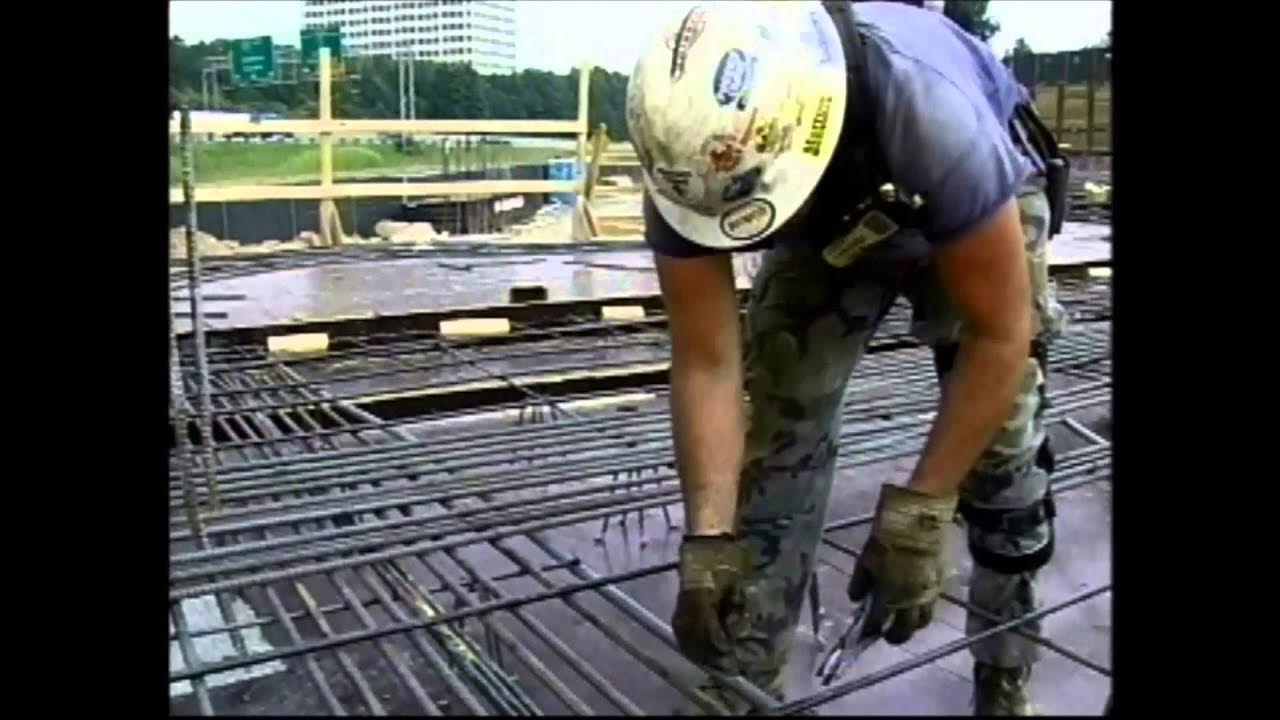Shrinkage Cracking in Concrete | Chemical, Autogeneous, and Drying Shrinkage explained!
Summary
TLDRIn this video, Tyler Lay explains the causes and types of shrinkage in concrete, focusing on how changes in moisture lead to cracking. He delves into the process of shrinkage, emphasizing how the loss of water in concrete pores results in tensile stress that causes cracks. Tyler introduces the concept of 'cat monkey,' which refers to the different stages of shrinkage: chemical autogenous, autogenous, and drying shrinkage. He also provides advice on controlling shrinkage through proper curing and optimizing the water-cement ratio. The key takeaway is to manage moisture levels to prevent unwanted cracks in concrete.
Takeaways
- 😀 Shrinkage in concrete occurs when the tensile stress exceeds the material's capacity, leading to cracking.
- 😀 Shrinkage is primarily caused by the loss of water from the concrete's paste, which creates internal stresses that cause it to shrink.
- 😀 Water loss from the pores in concrete creates suction forces that pull the material together, contributing to shrinkage and cracking.
- 😀 Pre-cut joints in concrete can help control shrinkage cracking by guiding where cracks will occur.
- 😀 The three main types of shrinkage in concrete are Chemical Autogenous Shrinkage, Drying Shrinkage, and Chemical Shrinkage.
- 😀 Chemical Autogenous Shrinkage occurs within the first few hours after hydration when the concrete is still thirsty for water.
- 😀 Drying Shrinkage occurs over months as water evaporates from the concrete, particularly when exposed to the sun or wind.
- 😀 Chemical Shrinkage happens when water is consumed during the hydration process, especially when the water-cement ratio is below 0.40.
- 😀 The water-cement ratio significantly impacts shrinkage: low ratios lead to more chemical shrinkage, while high ratios can cause drying shrinkage.
- 😀 Curing is essential in preventing shrinkage as it helps retain moisture and keeps the concrete’s microstructure tight, making it harder for water to evaporate.
- 😀 An ideal water-cement ratio for internal concrete is between 0.40 and 0.50, while external concrete should have a ratio closer to 0.40 to minimize shrinkage.
- 😀 Proper concrete curing and mix design are crucial in reducing shrinkage and cracking, especially in environments with high evaporation rates.
Q & A
What is shrinkage in concrete?
-Shrinkage in concrete refers to the reduction in volume that occurs when moisture is lost from the concrete's internal structure, leading to the formation of cracks.
How does shrinkage cause cracks in concrete?
-Shrinkage causes cracks when the tensile stress in the concrete exceeds its tensile capacity. This happens when water evaporates from the concrete's pores, causing it to shrink and create stress that results in cracking.
What role do pores in concrete play in shrinkage?
-Pores in concrete are spaces between cement particles and hydration products. When water is lost from these pores, it causes shrinkage as the particles move closer together, generating internal stress that leads to cracks.
What is surface tension, and how does it relate to shrinkage?
-Surface tension refers to the force that holds water molecules together. When water molecules in the pores of concrete are lost, surface tension causes the remaining water molecules to stick together, creating forces that pull the concrete inward and lead to shrinkage.
What are the main types of shrinkage in concrete?
-The main types of shrinkage in concrete are chemical autogenous shrinkage, which occurs within the first few hours, and drying shrinkage, which happens over months as water evaporates from the concrete.
What is chemical autogenous shrinkage?
-Chemical autogenous shrinkage happens when water is consumed by the hydration process, particularly in mixes with a low water-cement ratio. This occurs within the first few hours after the concrete is mixed.
What causes drying shrinkage in concrete?
-Drying shrinkage occurs as water evaporates from the concrete over time, often influenced by environmental conditions like heat from the sun. This can take months to fully develop.
Why is a low water-cement ratio problematic for shrinkage?
-A low water-cement ratio (below 0.40) leads to chemical autogenous shrinkage, as the concrete’s hydration products consume the available water. This makes the concrete more susceptible to shrinkage and cracking.
How can joints be used to control shrinkage in concrete?
-Joints are intentionally created in the concrete surface during the mixing process to pre-crack the concrete in a controlled manner. This ensures that cracks form at the joints rather than randomly across the concrete.
How does curing affect shrinkage in concrete?
-Proper curing helps prevent shrinkage by maintaining moisture levels within the concrete. It also promotes the formation of a tight microstructure, making it harder for water to escape, which reduces drying shrinkage.
What is the ideal water-cement ratio for internal concrete?
-For internal concrete that is protected from environmental conditions, the ideal water-cement ratio is between 0.40 and 0.50 to prevent shrinkage while maintaining sufficient hydration.
What is the ideal water-cement ratio for external concrete?
-For external concrete exposed to environmental factors, a water-cement ratio between 0.40 and 0.45 is recommended to minimize shrinkage and ensure durability in the presence of drying conditions.
Outlines

هذا القسم متوفر فقط للمشتركين. يرجى الترقية للوصول إلى هذه الميزة.
قم بالترقية الآنMindmap

هذا القسم متوفر فقط للمشتركين. يرجى الترقية للوصول إلى هذه الميزة.
قم بالترقية الآنKeywords

هذا القسم متوفر فقط للمشتركين. يرجى الترقية للوصول إلى هذه الميزة.
قم بالترقية الآنHighlights

هذا القسم متوفر فقط للمشتركين. يرجى الترقية للوصول إلى هذه الميزة.
قم بالترقية الآنTranscripts

هذا القسم متوفر فقط للمشتركين. يرجى الترقية للوصول إلى هذه الميزة.
قم بالترقية الآنتصفح المزيد من مقاطع الفيديو ذات الصلة
5.0 / 5 (0 votes)






